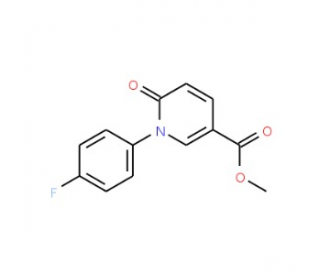详细说明
- Assay TypeSolid Phase Sandwich ELISA
- Format96-well strip plate
- Range1.56 - 100 ng/mL
- Sufficient MaterialsFor five 96-well plates*
- SpecificityPlease see the
This DuoSet ELISA Development kit contains the basic components required for the development of sandwich ELISAs to measure natural and recombinant human Serum Amyloid A1. The suggested diluent is suitable for the analysis of most cell culture supernate, serum, and plasma samples. Diluents for complex matrices, such as serum and plasma, should be evaluated prior to use in this DuoSet.
- Optimized capture and detection antibody pairings with recommended concentrations save lengthy development time
- Development protocols are provided to guide further assay optimization
- Assay can be customized to your specific needs
- Economical alternative to complete kits
- Capture Antibody
- Detection Antibody
- Recombinant Standard
- Streptavidin conjugated to horseradish-peroxidase (Streptavidin-HRP)
DuoSet Ancillary Reagent Kit 3 (5 plates): (Catalog # ) containing 96 well microplates, plate sealers, substrate solution, stop solution, plate coating buffer (PBS), wash buffer, and Reagent Diluent Concentrate 3.
The components listed above may be purchased separately:
PBS: (Catalog # ), or 137 mM NaCl, 2.7 mM KCl, 8.1 mM Na2HPO4, 1.5 mM KH2PO4, pH 7.2 - 7.4, 0.2 µm filtered
Wash Buffer: (Catalog # ), or 0.05% Tween® 20 in PBS, pH 7.2-7.4
Reagent Diluent: (Catalog # ), or 5% Tween 20 in PBS, 7.2-7.4, 0.2 μm filtered
Substrate Solution: 1:1 mixture of Color Reagent A (H2O2) and Color Reagent B (Tetramethylbenzidine) (Catalog # )
Stop Solution: 2 N H2SO4 (Catalog # )
Microplates: R&D Systems (Catalog # )
Plate Sealers: ELISA Plate Sealers (Catalog # )
- StorageStore the unopened product at 2 - 8 °C. Do not use past expiration date.
The apolipoproteins are a structurally-unrelated group of proteins that have some association with the transport of lipids in blood. Apolipoproteins, plus phospholipids, cholesterol and triglycerides, form spherical particles with a lipid/hydrophobic center and a (apolipo)protein coat. The apolipoprotein coat promotes aqueous solubility and serves as a ligand for lipoprotein receptors. HDL may contain apolipoproteins A, C, D, E, J, L and M, while LDL contains apolipoproteins B and E.
ApoAI and ApoA2 are major protein components of serum high-density lipoprotein (HDL) and are produced by the liver and small intestine. They are involved in reverse cholesterol transport from tissues to the liver. Polymorphisms of ApoA2 are associated with disorders of cholesterol and fatty acid metabolism. Human ApoB (Apolipoprotein B-100) is a 550 kDa, secreted, palmitoylated glycoprotein that is part of LDL and VLDL particles. It is made by liver and is 4536 aa in length. It binds LDL to the ApoB/E receptor. ApoC activates lipoprotein lipase and may self-associate to form amyloid-type fibrils.
ApoE is a 34 kDa protein component of serum chylomicrons, VLDL, and HDL particles. It mediates the binding, uptake, and catabolism of these particles through interactions with the ApoE receptor and LDL receptors in the liver and brain. ApoE is important in fatty acid homeostasis and memory formation. Polymorphisms encode three variants (ApoE2, 3, 4) which are differentially related to the development of atherosclerosis and neurogenerative disorders, particularly Alzheimer's disease.
Serum amyloid A proteins (SAAs) are a family of homologous apolipoproteins of high density lipoprotein (HDL). They can be divided into two groups. The first group consists of the acute phase SAA1 and SAA2 that associate with HDL during inflammation and remodel the HDL particle by displacing apolipoprotein A1. The second group consists of constitutively expressed SAA4 and SAA5 that exist as minor apolipoproteins on HDL but make up more than 90% of the total SAA during homeostasis.
- Entrez Gene IDs:6288 (Human); 20208 (Mouse);
- Aliases:MGC111216; PIG4; SAA; SAA1; SAA2; serum amyloid A protein; Serum Amyloid A1; TP53I4; tumor protein p53 inducible protein 4












